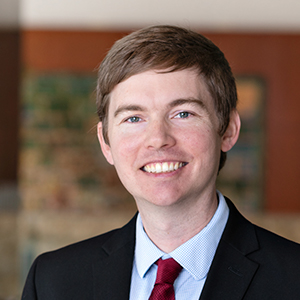For most Americans, economic security is unattainable without access to credit. The ability to borrow money under reasonable and transparent terms allows people to acquire assets essential to long-term wealth accumulation—by purchasing a home, for example, or pursuing post-secondary education—and helps mitigate the impact of unexpected economic stress, such as a medical emergency, an auto-repair bill, or the loss of a job.
Unfortunately, not everyone has access to credit. A host of programs and policies have recently been developed to address this situation, but it can be difficult to know how to target them and in what places. Our new, interactive data tool illuminates credit conditions in the seven-county Minneapolis-St. Paul metropolitan area and demonstrates how people in some communities have more limited access to credit than others. For example, as of March 2021, adults with credit scores in ZIP Code 55411—a large area of Minneapolis that lies just northwest of downtown—had a relatively high likelihood (greater than 30 percent) of having student loan debt but a relatively low likelihood (at or below 25 percent) of having a home mortgage.
Our tool focuses on indicators, such as credit scores, that lenders use to determine who has access to credit and on what terms. Reflecting underlying economic disparities, credit scores may be imperfect indicators of borrowers’ likelihood of repaying their debts. However, since the credit market relies on these scores, understanding how they’re distributed across populations can inform efforts to build a more inclusive economy.
How to use the tool
Our tool enables users to apply different data selections to see how measures of credit conditions vary across place or time. Using the first drop-down menu, users can select from many different measures of credit conditions, including average and median credit scores, the share of adults who are current on all of their debts, and the share with student loans. To focus on those with the weakest access to credit, the second drop-down menu enables users to select which population’s data the tool will display: either all individuals, or only those with low to moderate credit scores—that is, the subprime-credit population. Users can then select their view of the data by choosing the “Map by ZIP Code” tab or the “Chart over time” tab.
About the data
For all the credit measures, we use the FRBNY Consumer Credit Panel/Equifax (CCP) data, a nationally representative 5 percent sample of all individuals who have both a Social Security Number and a credit report. All information is anonymized. For the years prior to 2020, only year-end values (December of each year) are used to calculate all metrics for the time-series chart. For more information about the CCP data, see the Federal Reserve Bank of New York Staff Report, An Introduction to the New York Fed Consumer Credit Panel. For the U.S. adult population values needed to calculate the share of population that is in the credit economy, we use the historical and most recent population estimates available from the U.S. Census Bureau American Community Survey 5-year estimates.







